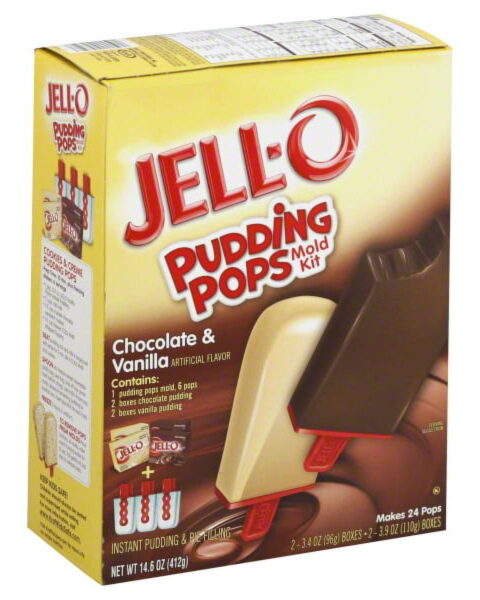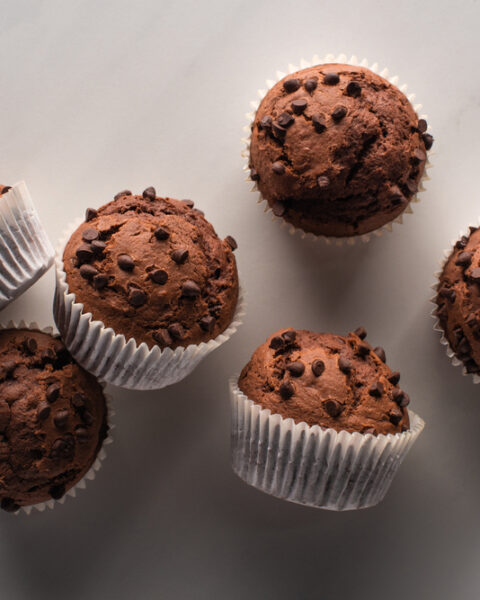Staying hydrated is one of the simplest yet most powerful ways to boost your athletic performance. Beyond just drinking water, certain foods are packed with water and nutrients that help keep you fueled and refreshed. These hydrating foods don’t just quench your thirst – they support recovery, fight inflammation, and help your muscles stay strong. Adding a variety of these hydrating options to your routine can make all the difference in how you feel during and after a workout.
Contents
- 1 Cucumbers
- 2 Watermelon
- 3 Strawberries
- 4 Cantaloupe
- 5 Oranges
- 6 Pineapple
- 7 Spinach
- 8 Celery
- 9 Lettuce
- 10 Zucchini
- 11 Tomatoes
- 12 Bell Peppers
- 13 Radishes
- 14 Cauliflower
- 15 Grapefruit
- 16 Peaches
- 17 More From RetailShout
- 18 Top 15 Brands of Frozen Veggies for Easy Meal Prep, Ranked
- 19 15 Smart Costco Buys for Couples and Small Families
Cucumbers
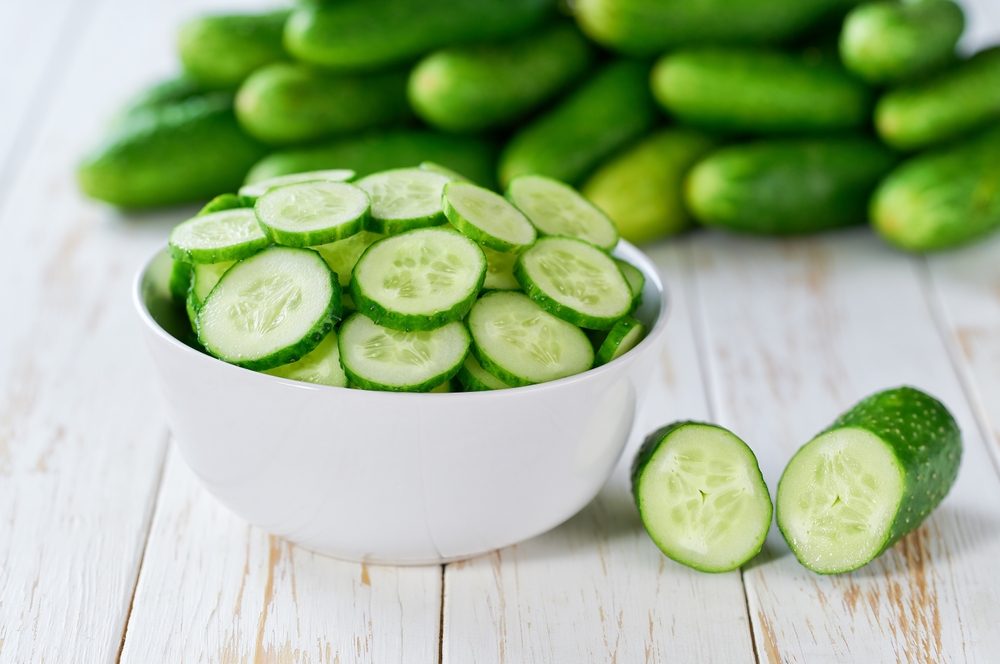
Comprising about 95% water, cucumbers are among the most hydrating vegetables. They are low in calories and provide vitamin K, which supports bone health. Cucumbers also contain antioxidants like beta-carotene, aiding in combating oxidative stress. Their high water content helps in maintaining hydration levels during physical activities. Incorporating cucumbers into salads or as a snack can contribute to daily fluid intake.
Watermelon
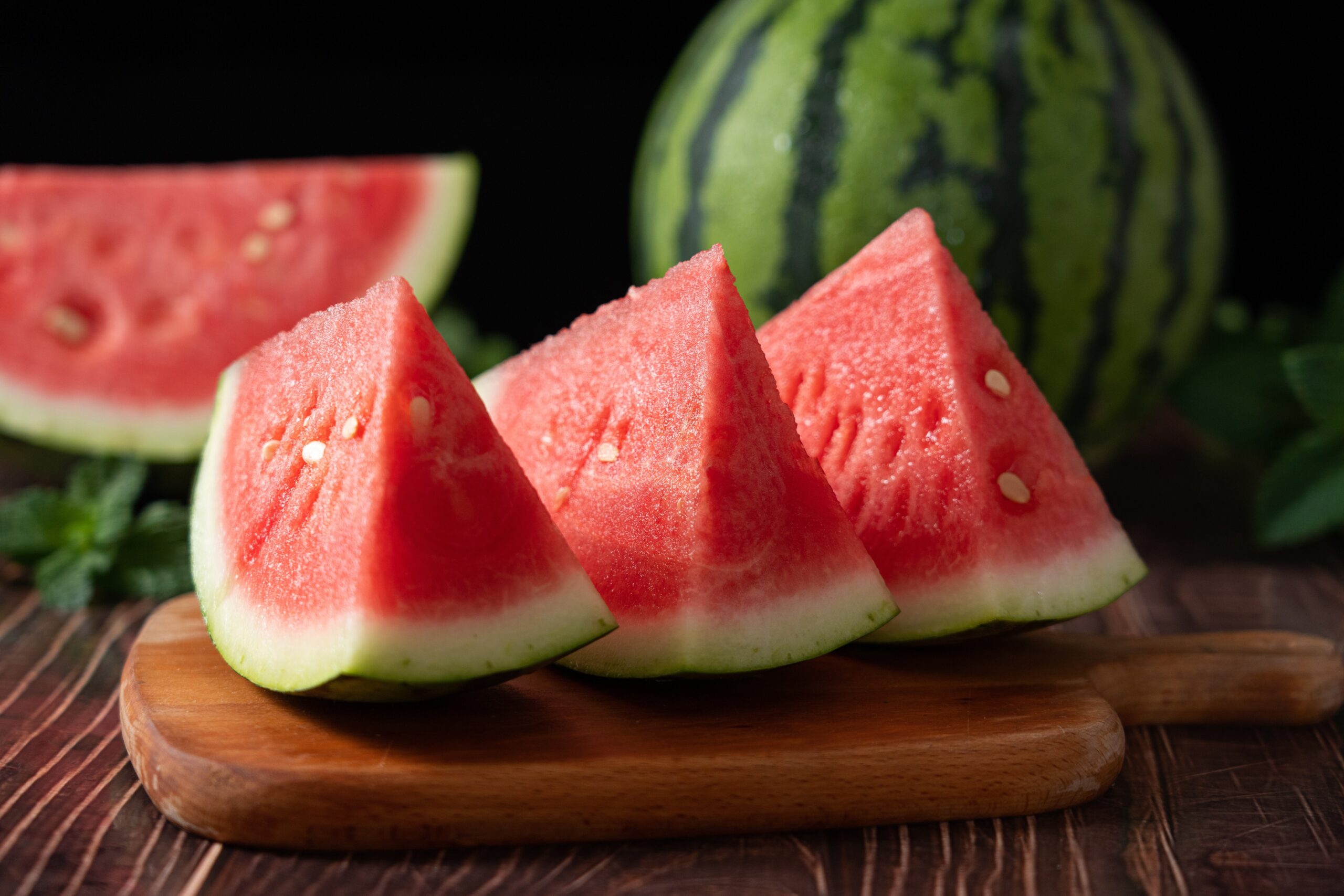
Watermelon is approximately 92% water, making it an excellent choice for hydration. It is rich in vitamins A and C, which are vital for immune function and skin health. The presence of lycopene, an antioxidant, helps reduce inflammation and muscle soreness post-exercise. Consuming watermelon can aid in replenishing fluids lost through sweat during workouts. Its natural sugars provide a quick energy boost, which is beneficial for athletic performance.
Strawberries
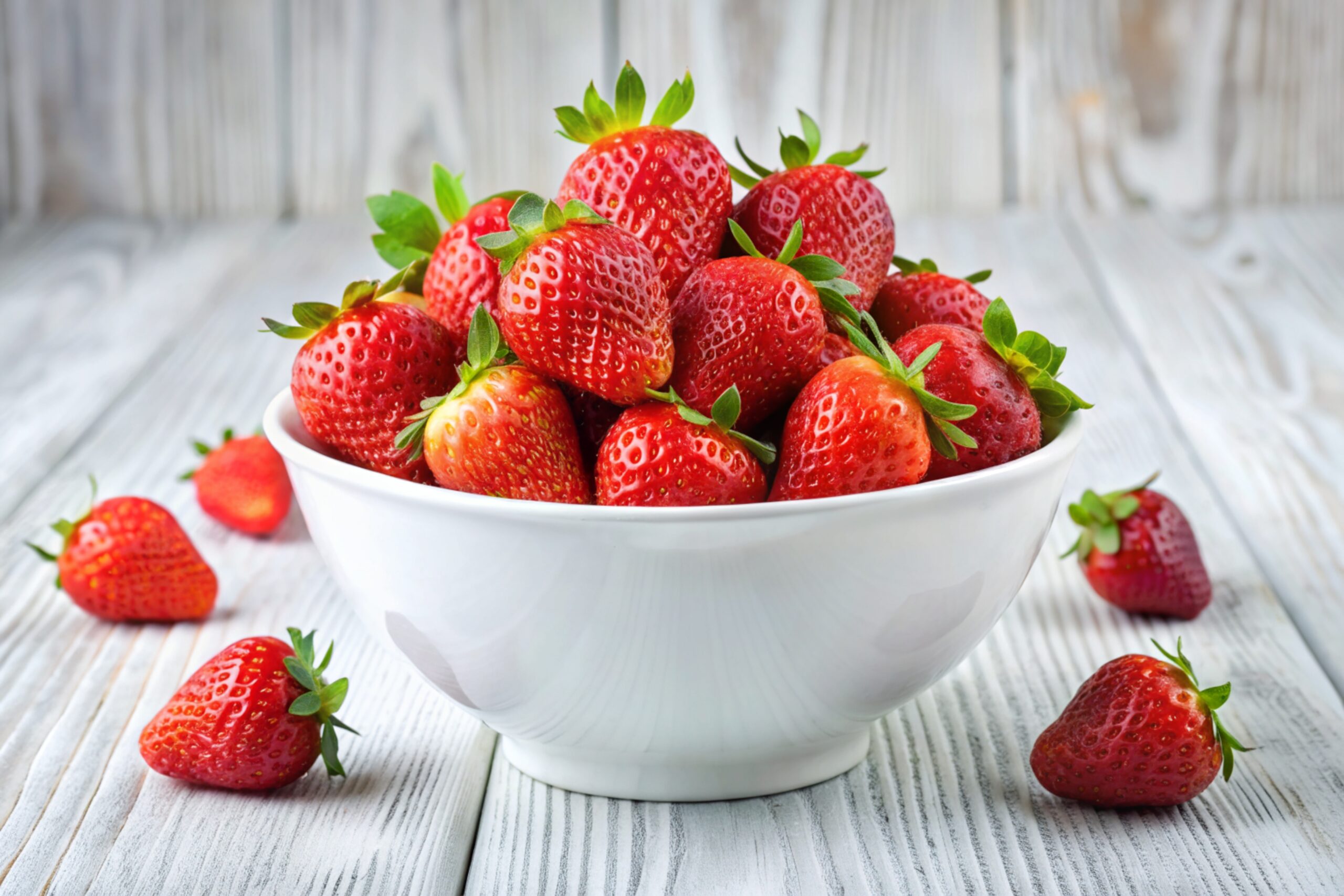
Strawberries contain about 91% water, contributing significantly to hydration. They are packed with vitamin C, essential for tissue repair and immune defense. The antioxidants in strawberries help reduce oxidative stress caused by intense physical activity. Including strawberries in your diet can aid in maintaining electrolyte balance. Their natural sweetness makes them a refreshing post-workout snack.
Cantaloupe
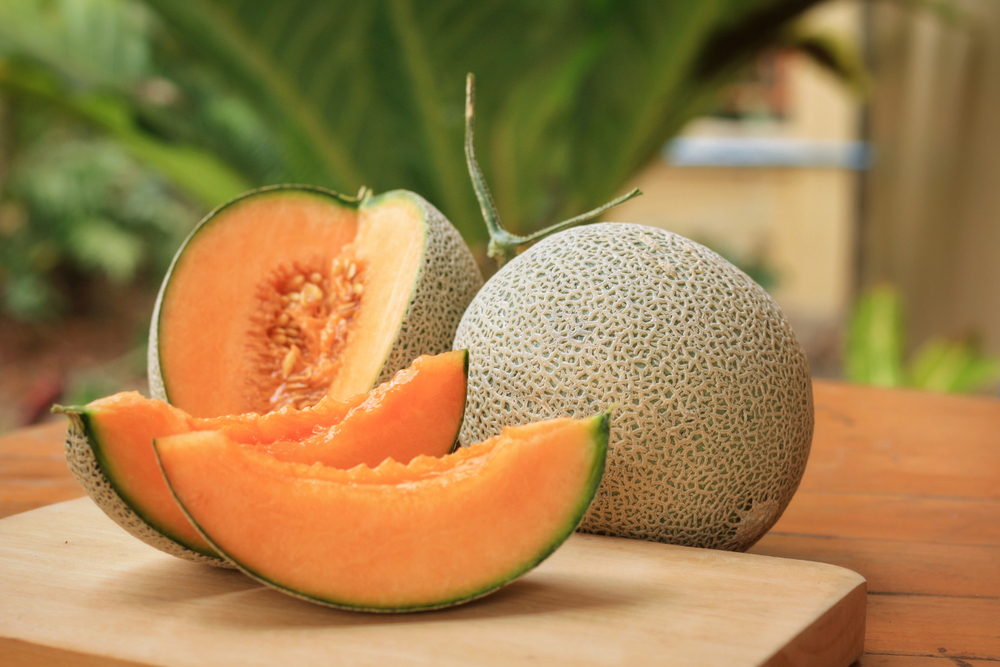
Composed of approximately 90% water, cantaloupe aids in hydration. It provides a good source of potassium, which is crucial for muscle function and preventing cramps. The fruit is also rich in vitamins A and C, supporting overall health and recovery. Eating cantaloupe can help replenish glycogen stores depleted during exercise. Its natural sugars offer a quick energy source for athletes.
Oranges
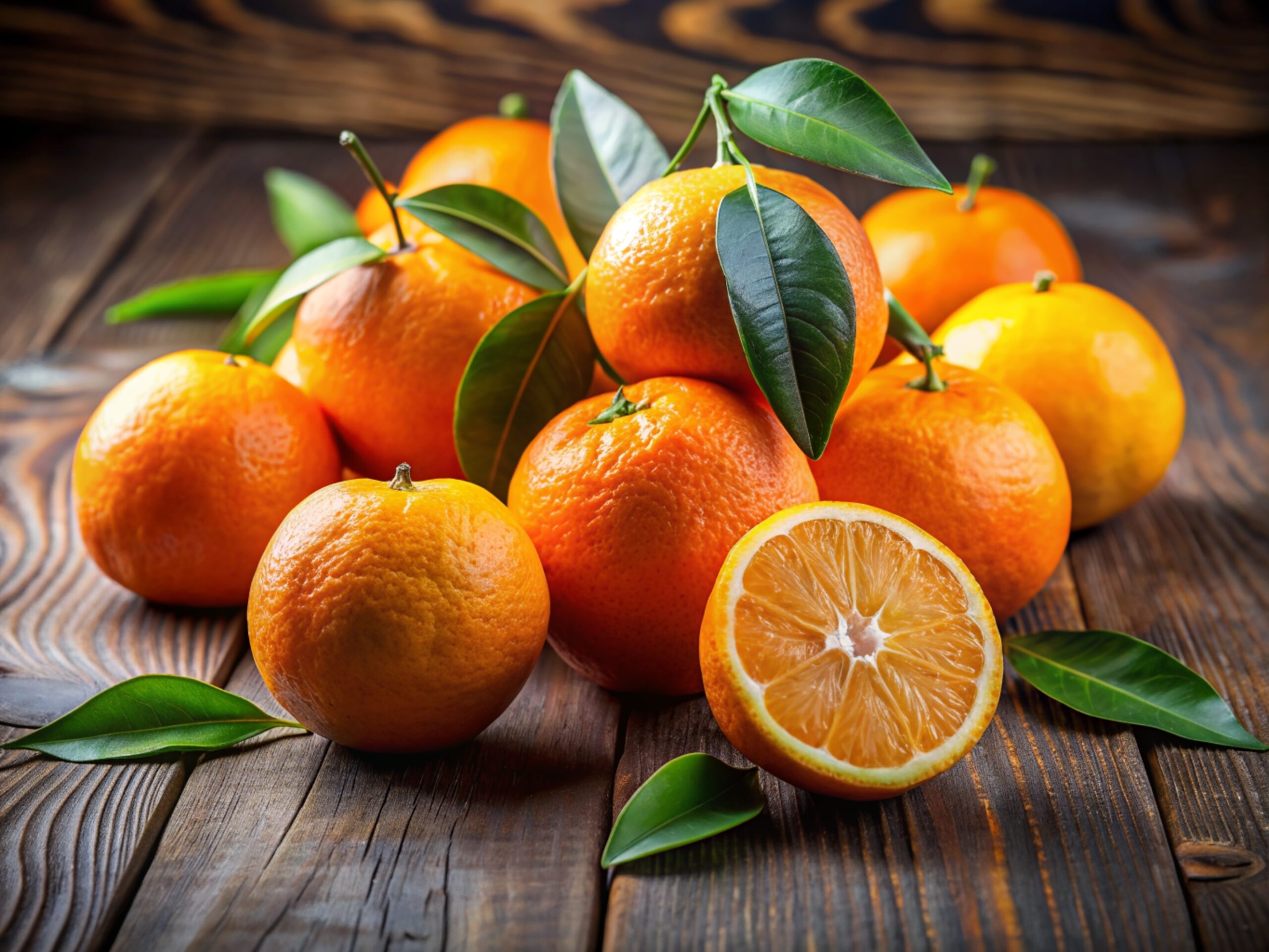
Oranges are about 86% water. They are high in vitamin C, which aids in collagen production and tissue repair. The natural sugars in oranges provide a quick energy boost during or after workouts. Oranges also supply potassium, helping maintain electrolyte balance. Their fiber content supports digestive health, beneficial for overall athletic performance.
Pineapple
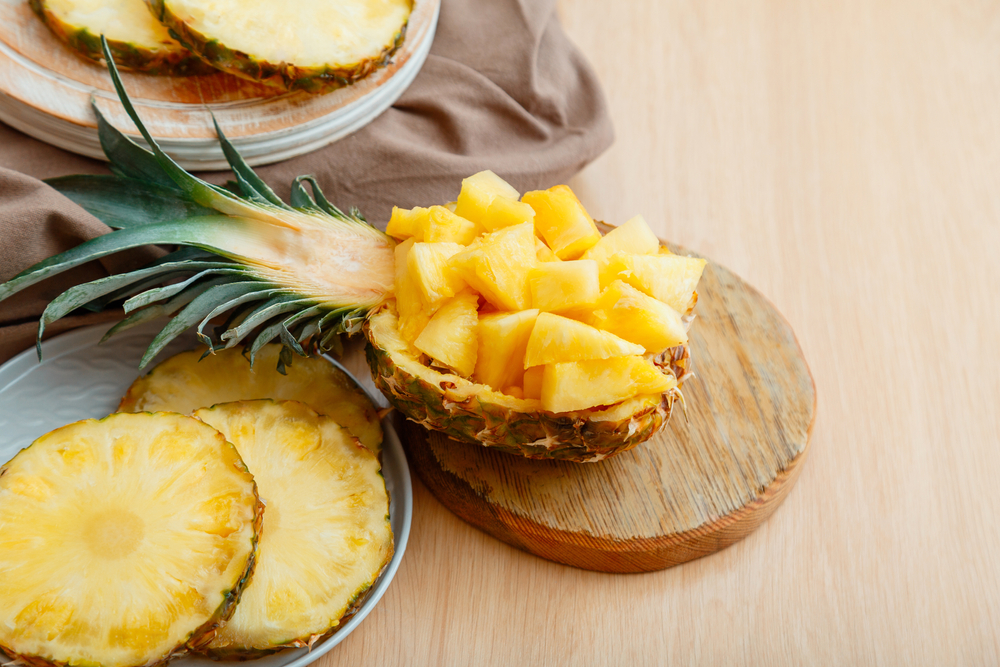
Pineapple contains around 86% water, contributing to hydration. It is rich in bromelain, an enzyme that helps reduce inflammation and muscle soreness. The vitamin C content supports immune function and recovery. Pineapple’s natural sugars provide energy, aiding in athletic performance. Including pineapple in your diet can help maintain fluid balance during physical activities.
Spinach
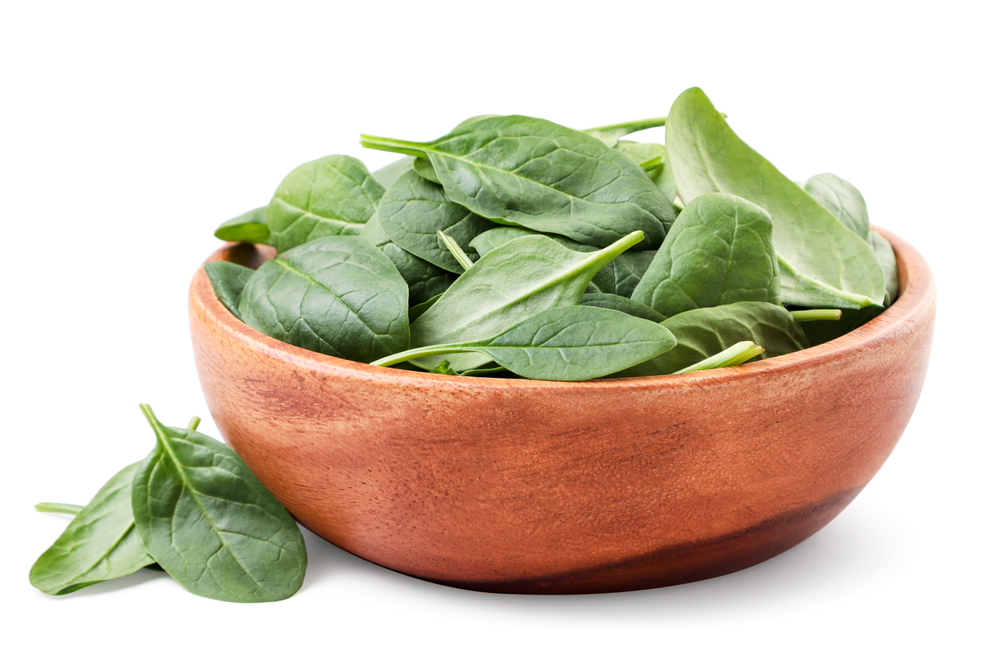
Spinach is approximately 91% water, making it a hydrating leafy green. It is rich in iron, which is essential for oxygen transport to muscles. The nitrates in spinach can enhance blood flow and improve exercise efficiency. Including spinach in meals supports hydration and provides essential nutrients for athletes. Its versatility allows for easy incorporation into various dishes.
Celery
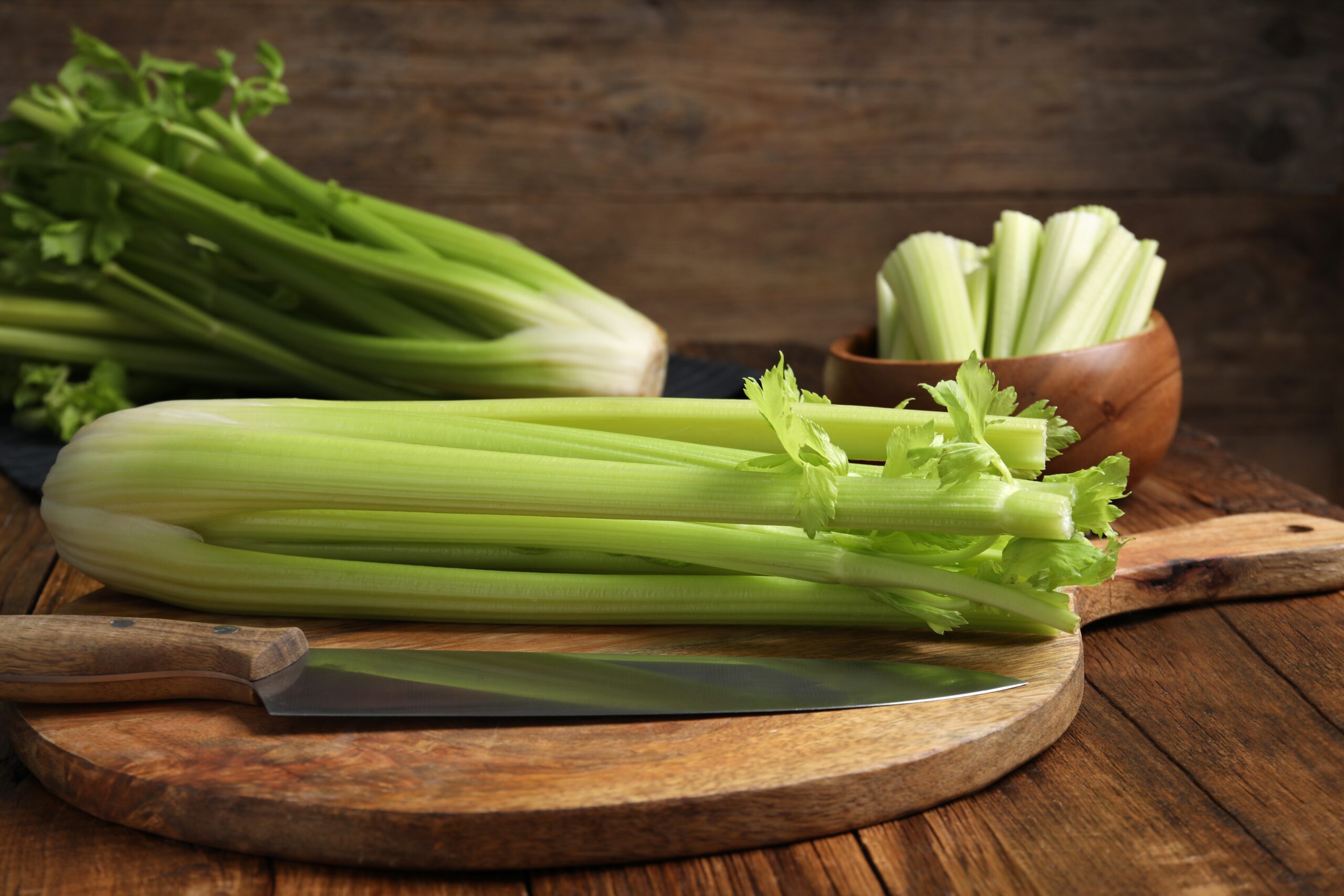
Celery is about 95% water. It contains electrolytes like sodium and potassium, crucial for maintaining fluid balance. The fiber in celery aids in digestion and can help prevent dehydration-related constipation. Including celery in your diet can support hydration and provide essential nutrients. Its low-calorie content makes it an excellent snack option for athletes.
Lettuce
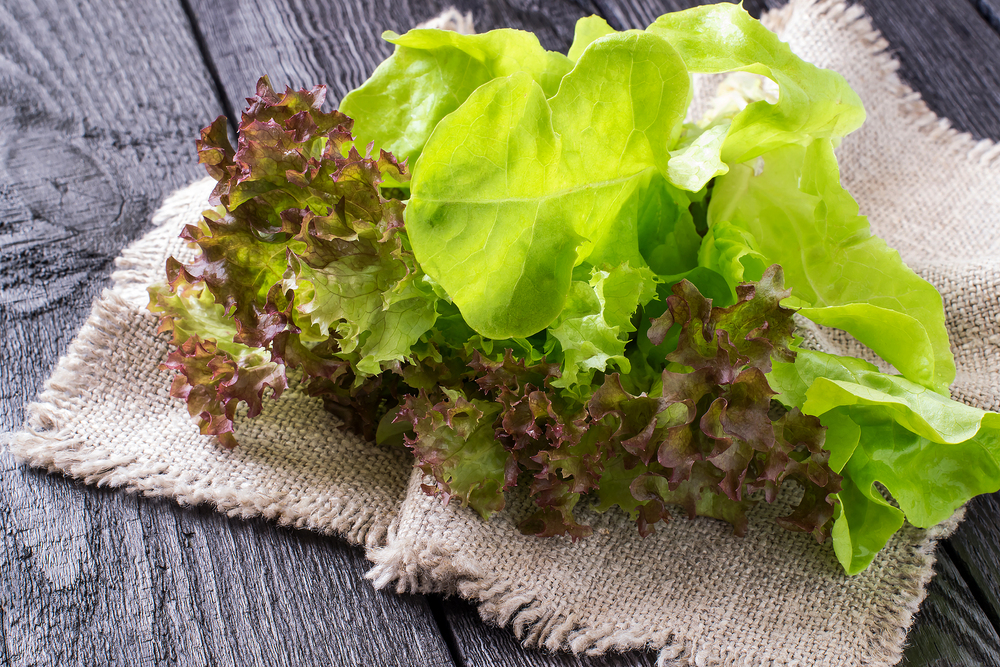
Lettuce varieties, such as icebergs, are composed of about 95% water. They provide a source of vitamins A and K, supporting vision and bone health. The high water content aids in maintaining hydration levels during physical activities. Including lettuce in salads can contribute to daily fluid intake. Its crisp texture makes it a refreshing addition to meals.
Zucchini
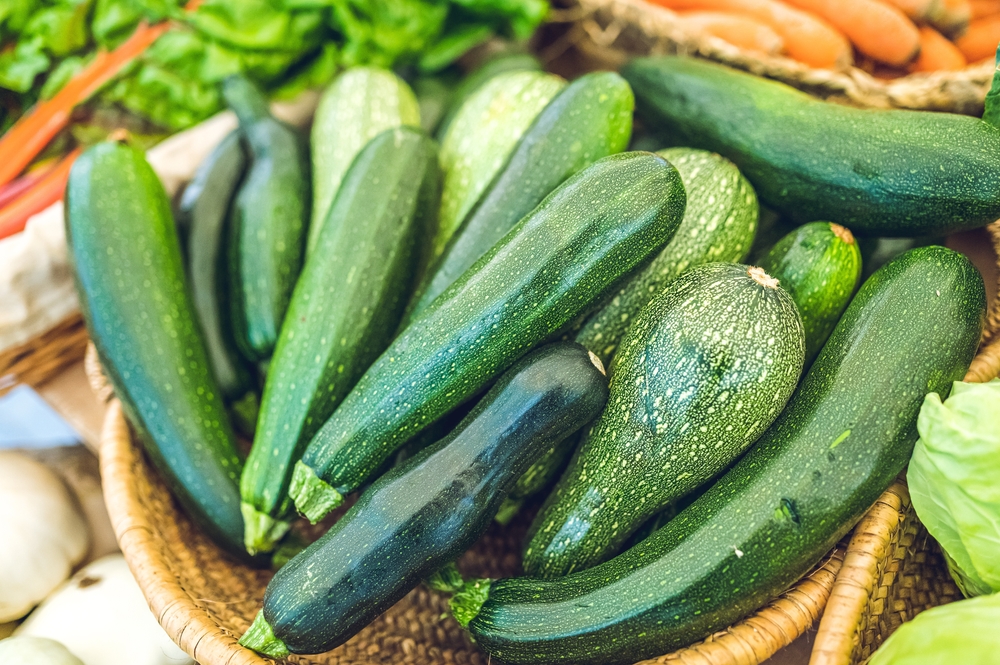
Zucchini is approximately 94% water, aiding in hydration. It is a good source of vitamin C and manganese, which support immune function and metabolism. The fiber content in zucchini promotes digestive health, beneficial for athletes. Including zucchini in your diet can help maintain fluid balance during exercise. Its versatility allows for incorporation into various dishes.
Tomatoes
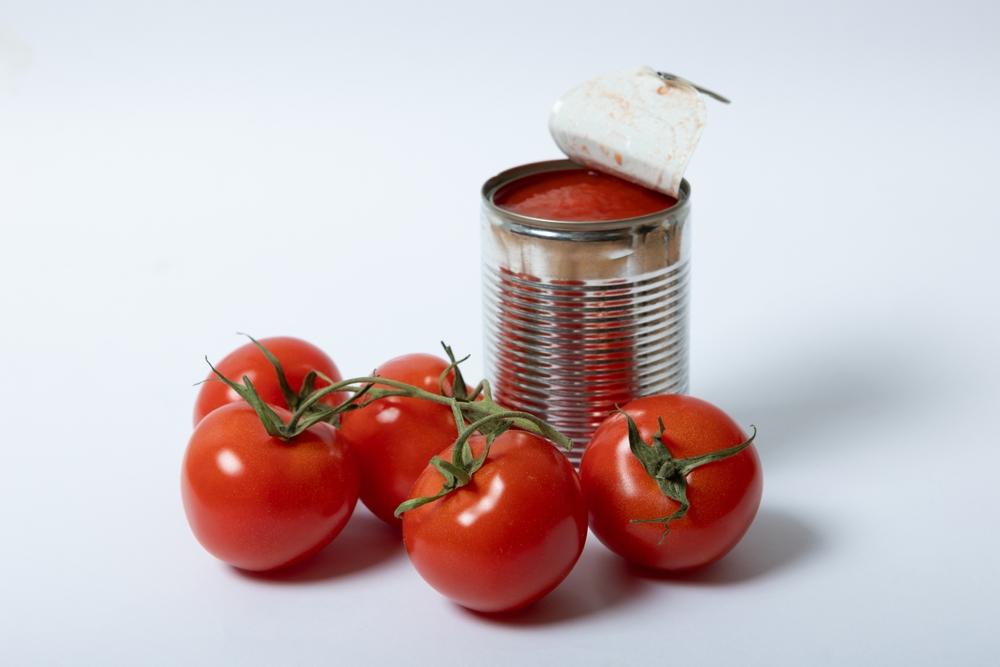
Tomatoes are about 94% water. They are rich in lycopene, an antioxidant that helps reduce inflammation. The vitamin C content supports tissue repair and immune defense. Their natural sweetness makes them a versatile addition to meals.
Bell Peppers
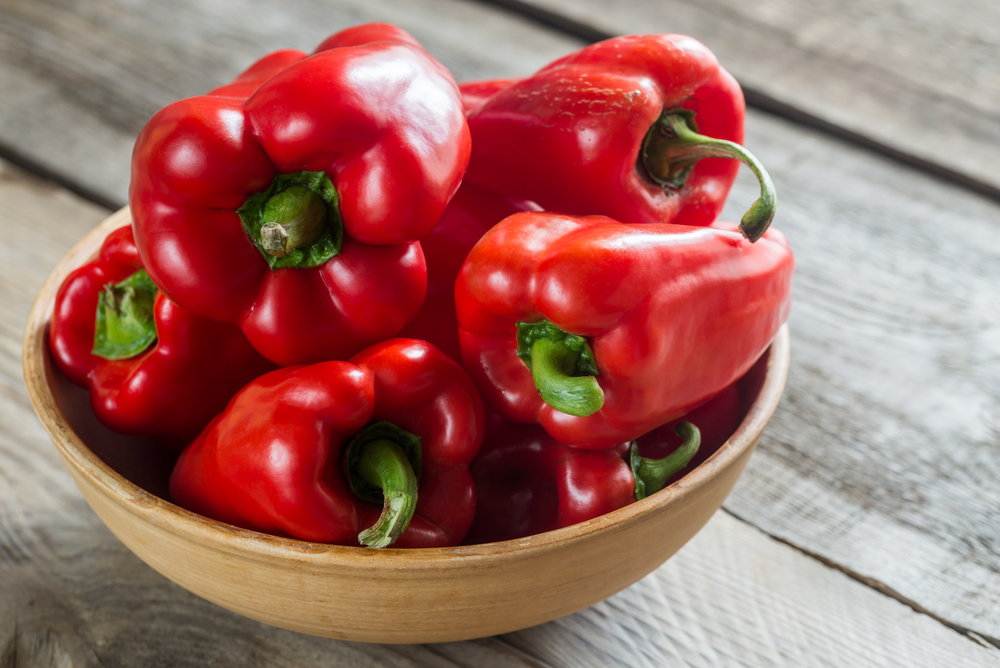
Bell peppers contain around 92% water, aiding in hydration. They are high in vitamins A and C, supporting vision and immune function. The antioxidants in bell peppers help combat oxidative stress from intense exercise. Including bell peppers in your diet can help maintain fluid balance during workouts. Their crisp texture adds a refreshing element to meals.
Radishes
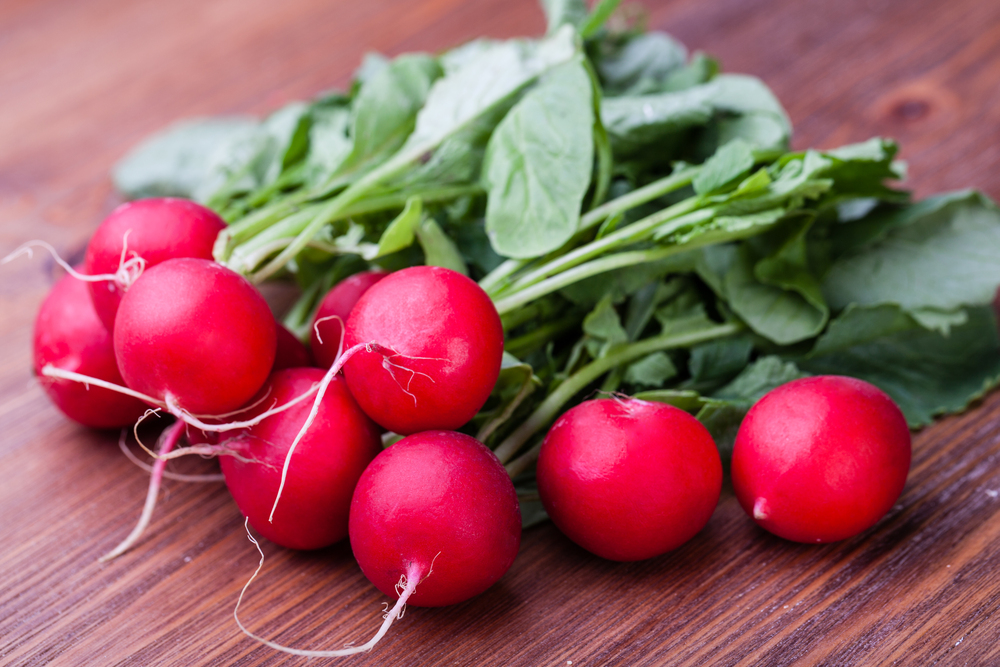
Composed of approximately 95% water, radishes are an excellent choice for hydration. They are rich in vitamin C, which supports immune function and aids in tissue repair. The natural nitrates present in radishes can enhance blood flow, potentially improving exercise performance. Including radishes in your diet can help replenish fluids lost during physical activity. Their crisp texture and peppery flavor add a refreshing element to salads and snacks.
Cauliflower
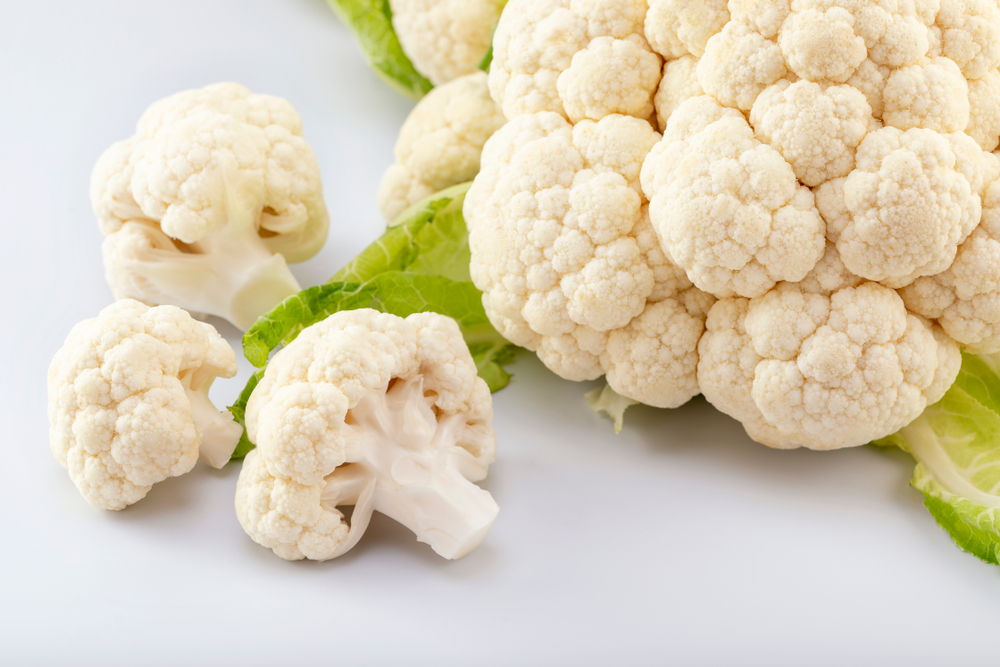
Cauliflower contains about 92% water, contributing significantly to daily hydration needs. It is a good source of vitamins C and K, which are essential for immune support and bone health. The presence of antioxidants in cauliflower helps combat oxidative stress induced by intense exercise. Incorporating cauliflower into meals can aid in maintaining fluid balance during workouts. Its versatility allows for various culinary applications, from raw snacks to cooked dishes.
Grapefruit
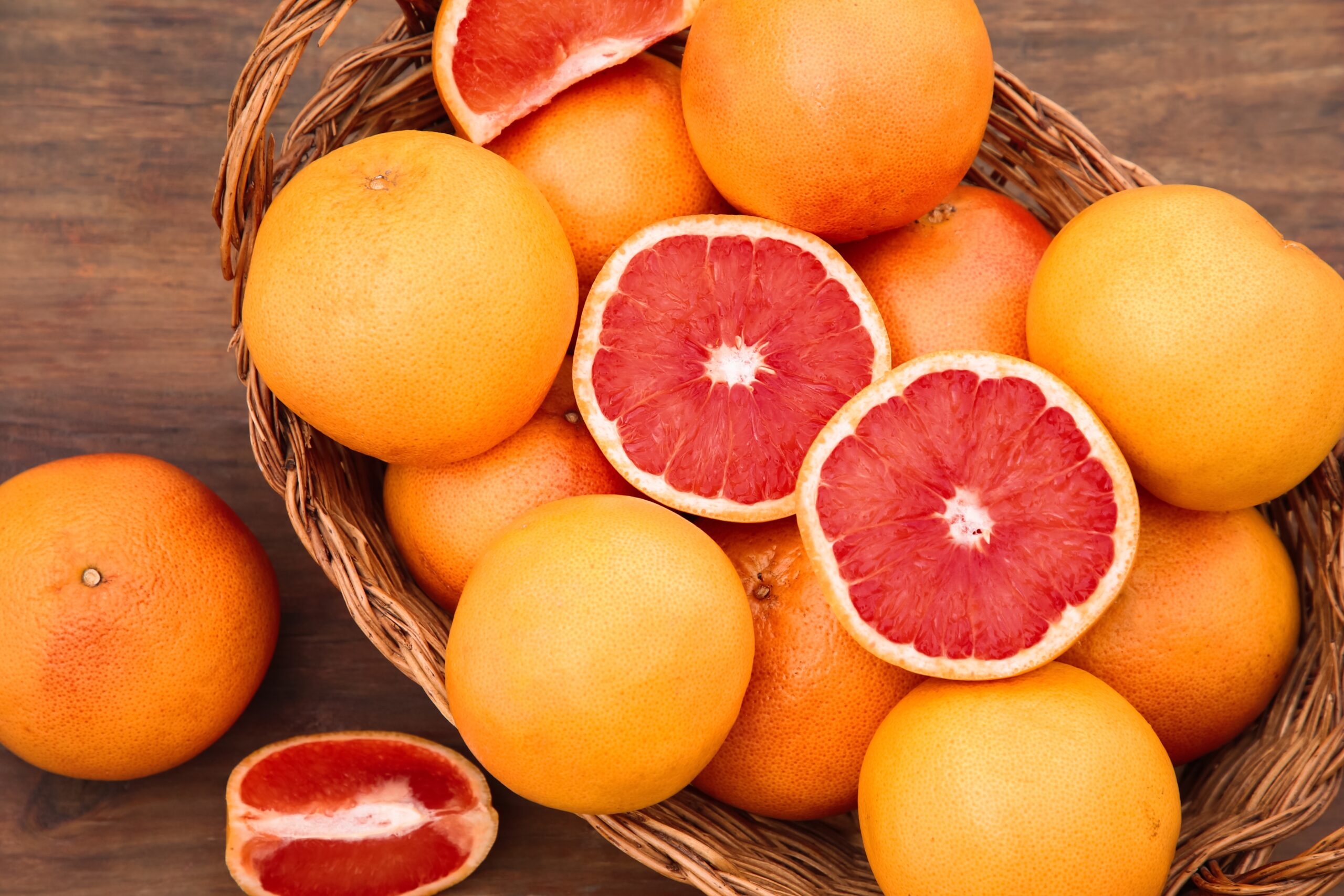
Grapefruit is approximately 88% water, making it a hydrating fruit option. It is rich in vitamin C and antioxidants, which support immune function and reduce inflammation. The natural sugars in grapefruit provide a quick energy boost, which is beneficial for athletic performance. Consuming grapefruit can help replenish fluids and electrolytes lost through sweat. Its tangy flavor makes it a refreshing addition to breakfast or post-workout snacks.
Peaches
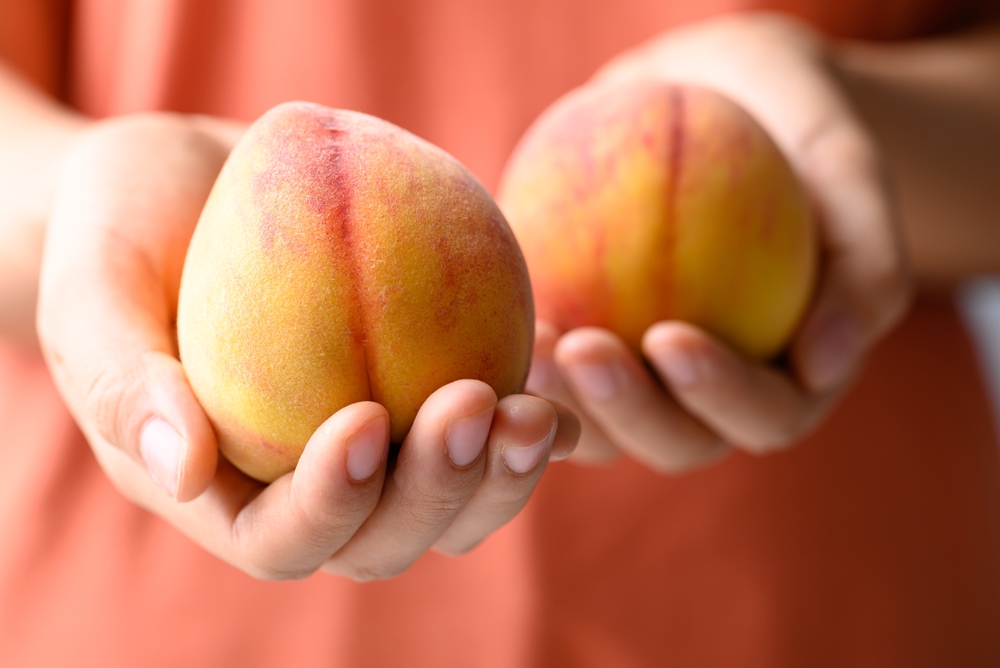
Peaches contain around 89% water. They are a good source of vitamins A and C, supporting vision and immune health. The natural sugars in peaches provide energy, which is beneficial during and after exercise. Including peaches in your diet can help maintain fluid balance during physical activities. Their sweet and juicy nature makes them a satisfying snack option for athletes.
This article originally appeared on RetailShout.
More From RetailShout
12 Plant-Based Foods That Support Kidney Function
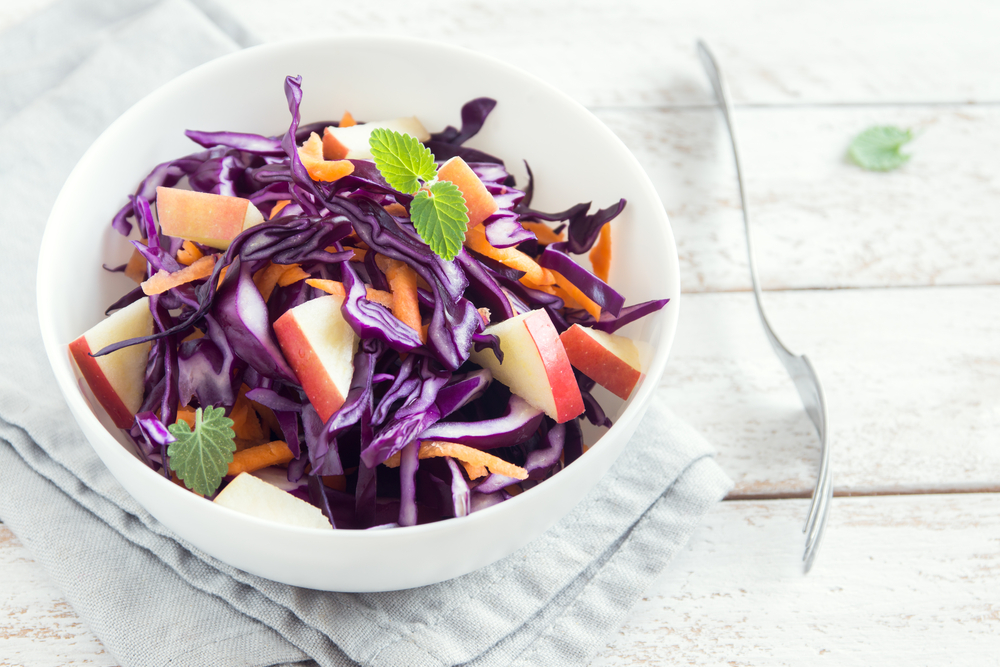
Supporting your kidney health doesn’t have to be difficult or boring. With the right plant-based ingredients, you can nourish your body while keeping your kidneys in top shape. From leafy greens to nutrient-packed legumes, these simple, delicious recipes are easy to prepare and gentle on your kidneys. Read More.
Top 15 Brands of Frozen Veggies for Easy Meal Prep, Ranked
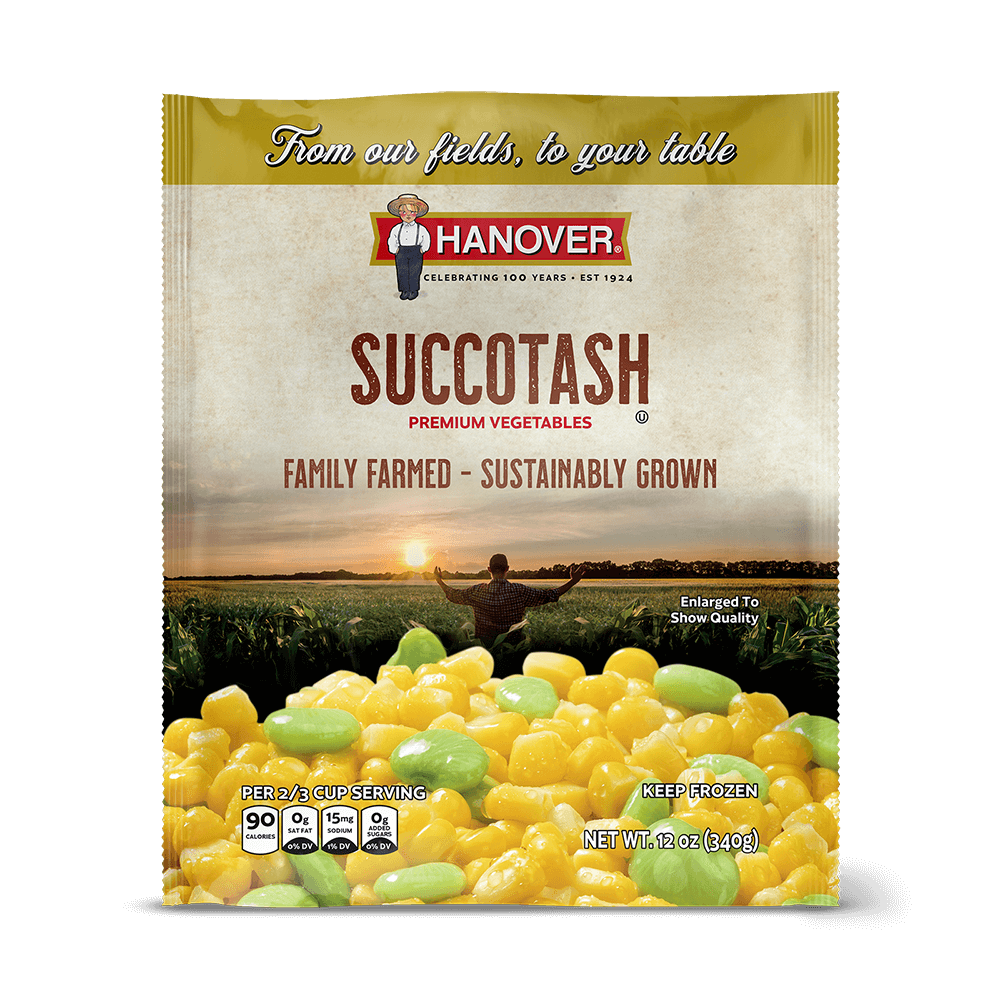
When it comes to frozen vegetables, not all brands are created equal. Some stand out with their unbeatable freshness, flavor, and quality, making them go-to choices for quick and healthy meals. Read More.
15 Smart Costco Buys for Couples and Small Families
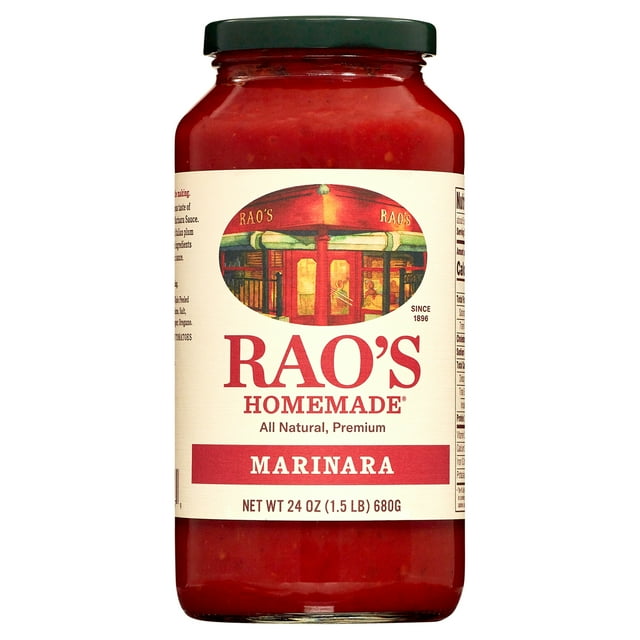
Shopping at Costco can be an adventure, especially when buying for two or a small family. With so many bulk options, it’s easy to feel overwhelmed or end up with too much. Read More.




